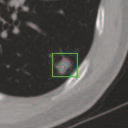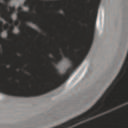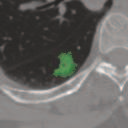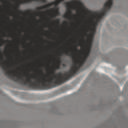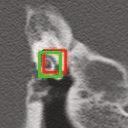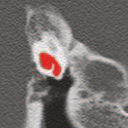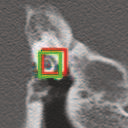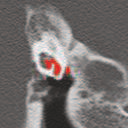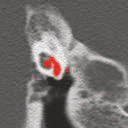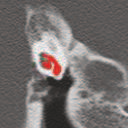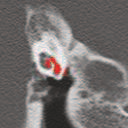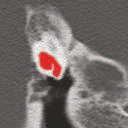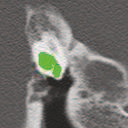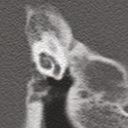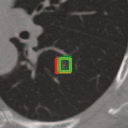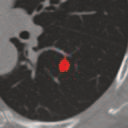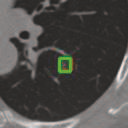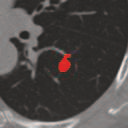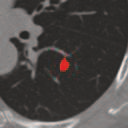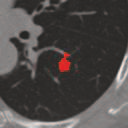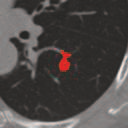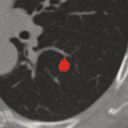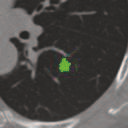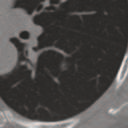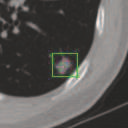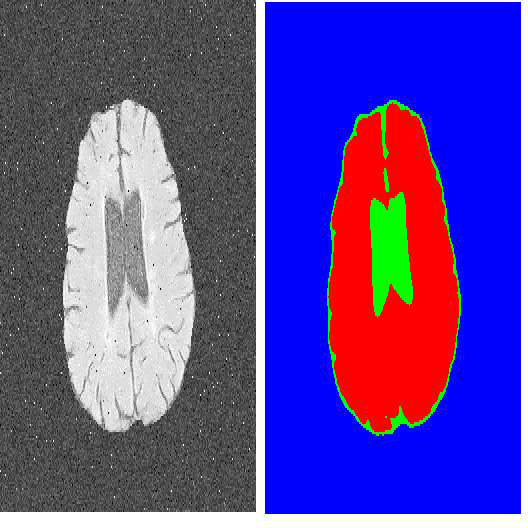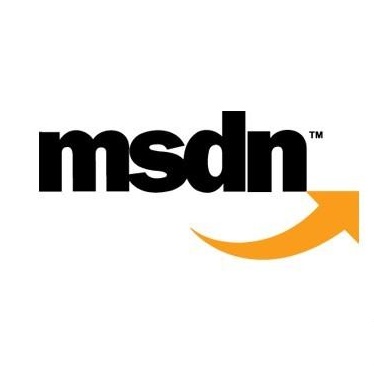Deep learning based medical image segmentation models usually require large datasets with high-quality dense segmentations to train, which are very time-consuming and expensive to prepare. One way to tackle this challenge is by using the mixed-supervised learning framework, in which only a part of data is densely annotated with segmentation label and the rest is weakly labeled with bounding boxes. The model is trained jointly in a multi-task learning setting. In this paper, we propose Mixed-Supervised Dual-Network (MSDN), a novel architecture which consists of two separate networks for the detection and segmentation tasks respectively, and a series of connection modules between the layers of the two networks. These connection modules are used to transfer useful information from the auxiliary detection task to help the segmentation task. We propose to use a recent technique called "Squeeze and Excitation" in the connection module to boost the transfer. We conduct experiments on two medical image segmentation datasets. The proposed MSDN model outperforms multiple baselines.
翻译:深度学习的医学图像分解模型通常需要大量的数据集,这些数据集具有高质量的密集分解,需要培训,这些数据集非常耗时,而且很昂贵。要应对这一挑战,一个办法是使用混合监督的学习框架,其中只有一部分数据带有分解标签,而其余部分则贴有捆绑盒的标签不高。该模型在多任务学习环境中联合培训。在本文中,我们提议采用混合-超导双网(MSDN),这是一个由两个不同的网络组成的新结构,分别用于探测和分解任务,以及两个网络的层之间的一系列连接模块。这些连接模块用于传输辅助检测任务中的有用信息,以帮助分解任务。我们提议在连接模块中使用名为“挤压和Expication”的最新技术,以促进传输。我们建议对两个医学图像分解数据集进行实验。提议的MSDN模型超越多个基线。

